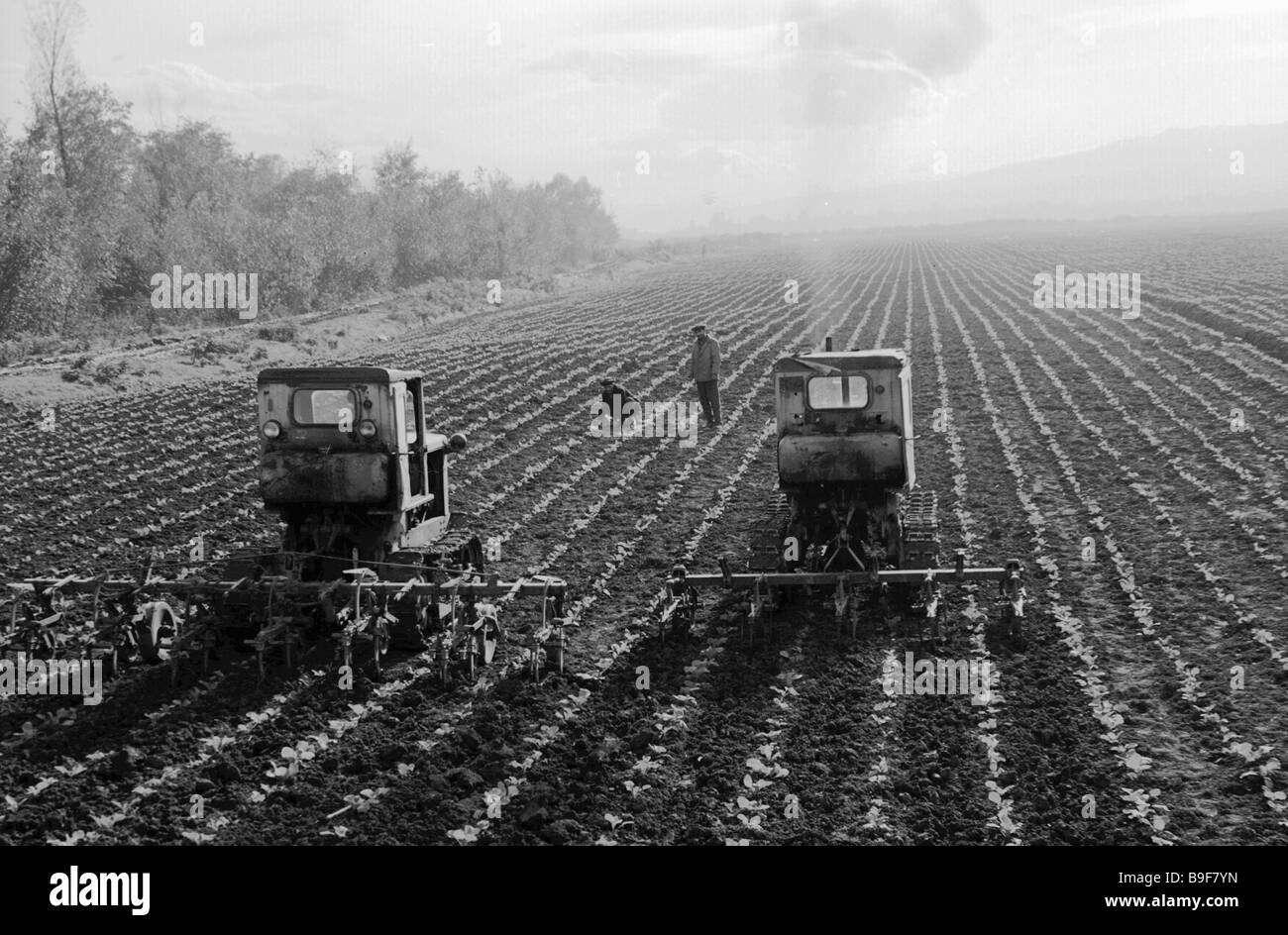


Some were attempting to administer as many as four hundred collective farms (pp. Indeed, Berg shows that as early as 1935 district officials complained that the enormous number of collective farms per district made governance impossible. According to Scott modern states simplify the complexity of the real world in order to make societies governable. What brought about this strangely destructive policy? Berg uses James Scott’s concept of authoritarian high modernism to explain the drive to amalgamate collective farms. Farm chairmen governed populations they did not know and field brigade leaders acquired responsibility over workers working in distant fields. Needless to say these new collective farms could no longer hold general meetings, discuss and make decisions as one community. 165), chairmen who complained that the terrain of their newly constructed farms was impassable in spring and fall and they could not acquire information about the other villages, let alone visit them (p. Berg writes of collective farms stretching for four hundred kilometers (p. The new amalgamated collective farm stretched for kilometers on end, often with swamps, forests and rivers separating communities within the same farm. 10-16, 103-127), most post-amalgamation farms (87.4%) consisted of two to four former farms and some combined as many as ten farms. While until 1950 the vast majority of collective farms were organic village communities, which Sheila Fitzpatrick calls “collectivized villages” ( Stalin’s Peasants: Resistance and Survival in the Russian Village after Collectivization, pp. The significance of this campaign to the central administration of collective farms was immeasurable. In short, the collective farms of the late 1940s and early 1950s were not the modern mechanized agriculture than Lenin had envisioned.īerg captures an episode in postwar agrarian politics that is little known to non-specialists: the 1950-51 collective farm amalgamation campaign in which the number of soviet collective farms shrank from 252,146 to 99,400 farms. Without roads they were also largely outside the state’s purview – they enlarged their private plots without external intervention, until 1948 there were few consequences to not showing up to work and though collective farmers did not have passports they nonetheless found employment elsewhere during the winter months. In the postwar years most collective farmers still occupied pre-revolutionary houses, dwelled with their pigs and chickens throughout winter and could not leave their villages in spring and autumn for the lack of roads. A study of the life of collective farmers offers historians a different understanding of late Stalinism as experienced by the majority of the population. This literature includes Sheila Fitzpatrick, Mark Tauger, Jean Lévesque, and to some extent my own work. It adds to an emerging literature on the attempts of the soviet state to gain control over the countryside after collectivization. From this corpus, an uninformed reader would never suspect that the majority of the soviet population lived in the countryside until 1959.Īuri Berg’s dissertation serves as a good corrective to this dearth. With the exception of a few dissertations and a random chapter here and there, little has been published in English on soviet postwar rural society. This rich literature, however, delineates soviet life from the perspective of Moscow, Leningrad and a handful of provincial cities. Over the last decade historians of the Soviet Union have turned their gaze to the postwar years. A review of Reform in the Time of Stalin: Nikita Khrushchev and the Fate of the Russian Peasantry, by Auri Berg.


 0 kommentar(er)
0 kommentar(er)
